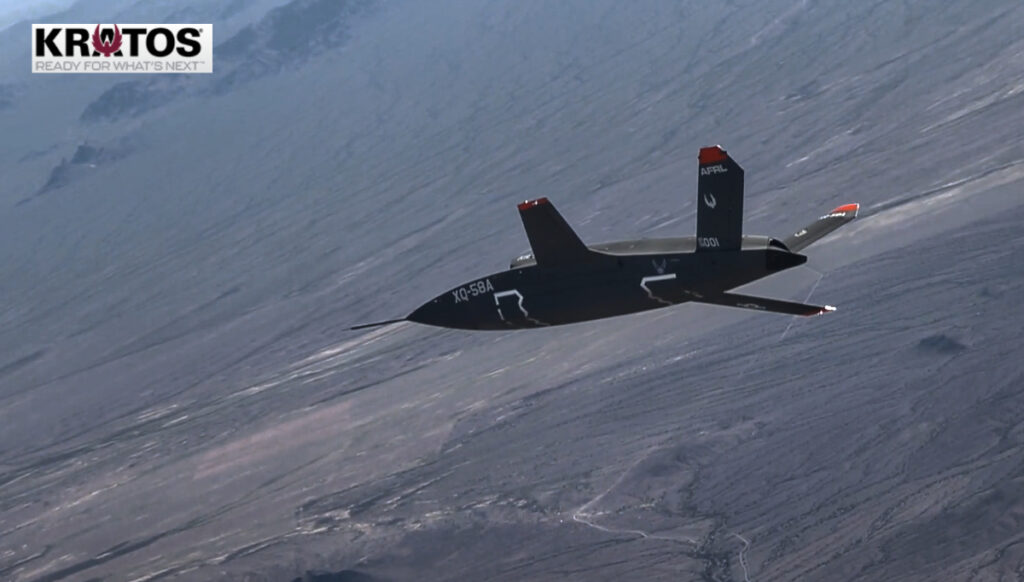
Kratos Defense & Security Solutions, Inc. (Nasdaq: KTOS) has received a $34,856,449 award modification to a previously awarded cost-plus-fixed-fee contract from the U.S. Marine Corps.
The expanded scope is to support the XQ-58A Unmanned Aerial Systems mission systems and subsystems integration for the Marine Air-Ground Task Force Unmanned Aerial System Expeditionary (MUX) Tactical Aircraft (TACAIR).
Since 2022, Kratos and its industry partner, Northrop Grumman, have been working with the U.S. Marine Corps to define operational requirements for the MQ-58 Valkyrie variant. The team recently demonstrated advanced collaborative capabilities during the Penetrating Affordable Autonomous Collaborative Killer Portfolio (PAACK-P) program, which is transitioning to MUX TACAIR in 2025. The modification contract provides the additional, non-recurring engineering and material to support the planned spiral developmental efforts, as well as additional flight tests for the continuing capability enhancement of the Valkyrie system.
The Kratos XQ-58A Valkyrie is a high-performance, runway-independent tactical unmanned aerial vehicle capable of long-range flights at high-subsonic speeds.
Combining affordability, survivability, long-range, high-subsonic speeds, maneuverability and ability to carry flexible mission kit configurations and mix of lethal weapons from its internal weapons bay and wing stations, the XQ-58A provides unmatched operational flexibility at an affordable price for multiple DoD customers.
Work under this contract will be performed in Sacramento, California, Oklahoma City, Oklahoma, China Lake, California and Patuxent River, Maryland.
Col. Derek Brannon, Director of the HQ USMC Cunningham Group, said, “The U.S. Marine Corps is at the vanguard of collaborative combat aircraft (CCA) development and intends to field an operational CCA squadron with a tactically relevant aircraft equipped with effective, affordable mission system payloads.”
Steve Fendley, President of Kratos Unmanned Systems Division, said, “The Valkyrie is validating the thesis that uncrewed system development and evaluation can be executed at a fraction of the cost and schedule required for manned military jet aircraft systems. The immediate takeaway is recognizing that uncrewed systems can be teamed in the very near term with existing fielded manned aircraft—reducing risk and increasing effectiveness and life of the manned systems long before replacement or next generation manned systems can be fielded, not to mention afforded. It’s an incredible opportunity.”
